Omnichannel Retail with 3D Configurators: Transforming the Customer Experience
In the fast-evolving world of retail, customers expect more than just a transaction—they want seamless, personalized experiences across every touchpoint. Whether browsing online, scrolling through social media, or visiting a physical store, shoppers now demand consistency, convenience, and the ability to interact with products in meaningful ways. This is where omnichannel retail strategies come into play.
But omnichannel retail alone isn’t enough. To truly capture modern consumer attention, businesses are turning to 3D product configurators—interactive tools that let customers visualize, customize, and engage with products in real time. When integrated across all channels, these configurators create immersive, consistent, and highly personalized shopping journeys that boost engagement, loyalty, and sales.
What is a 3D Product Configurator?
A 3D product configurator is a digital platform that allows shoppers to manipulate a product’s features—such as color, material, size, and accessories—and see the changes in real time from every angle. Unlike static images or videos, 3D configurators give customers hands-on control over the product design, fostering confidence and excitement in their purchases.
Why 3D Configurators are Essential for Omnichannel Retail
-
Seamless Multi-Channel Experience
A customer can start customizing a product online, continue on a mobile app, and finalize their design in-store. All selections and customizations are saved across platforms, ensuring a frictionless experience that feels cohesive and effortless. -
Stronger Personalization
Today’s consumers crave products tailored to their preferences. 3D configurators allow shoppers to co-create products, choosing colors, patterns, finishes, and features that suit their unique tastes. This enhances emotional engagement and brand loyalty. -
Higher Engagement and Conversion
Interactive 3D visuals capture attention far longer than static images. By letting customers explore products in depth, retailers can increase time spent on site, reduce hesitation, and boost conversion rates. -
In-Store Integration
Configurators aren’t limited to online use. Sales associates can use tablets or kiosks to guide customers through product options in-store, creating an interactive experience that blends physical and digital shopping. -
Reduced Returns and Better Customer Satisfaction
By allowing customers to see exactly what they are buying, 3D configurators minimize surprises and misaligned expectations, resulting in fewer returns and happier buyers. -
Actionable Data Insights
Retailers can track which features, colors, or designs are most popular, helping optimize inventory, marketing campaigns, and product development.
Real-World Applications Across Industries
-
Fashion & Apparel: Customers can design shoes, handbags, or jackets online, select materials, and see realistic 3D renderings of their choices.
-
Furniture & Home Decor: Shoppers can visualize how sofas, tables, or cabinets fit into their homes using AR-enabled configurators.
-
Automotive: Car buyers can experiment with paint colors, trims, interiors, and add-ons digitally before visiting a showroom.
-
Jewelry: Rings, necklaces, and bracelets can be customized online and tried in-store with virtual previews.
-
Consumer Electronics: Laptops, smartphones, and gadgets can be personalized with colors, finishes, and accessories.
How to Implement a 3D Configurator for Omnichannel Retail
-
Integration with eCommerce Platforms
Modern 3D configurators integrate seamlessly with platforms like Shopify, Magento, WooCommerce, or custom-built systems, ensuring real-time updates across all channels. -
Cross-Channel Syncing
Data from online, mobile, and in-store interactions is synced to provide a consistent experience, so customers never have to start over when switching devices or channels. -
AR and VR Capabilities
Advanced configurators can leverage augmented reality (AR) or virtual reality (VR), letting customers see products in real environments or immersive 3D spaces, further increasing confidence and engagement. -
Analytics and Insights
Use configurator analytics to understand customer behavior, popular options, and product trends, enabling data-driven decisions for marketing, inventory, and production.
Frequently Asked Questions (FAQs)
Q1. What exactly is a 3D product configurator?
A 3D product configurator is an interactive tool that lets customers customize products and view them in real time, giving them control over design, color, size, and other features.
Q2. How does it enhance omnichannel retail?
It ensures a consistent, personalized shopping journey across all channels—online, mobile, social, and in-store—bridging the gap between digital and physical retail experiences.
Q3. Are 3D configurators expensive to implement?
Costs vary depending on product complexity and integration needs. While initial investment exists, higher engagement, increased conversions, and reduced returns typically result in strong ROI.
Q4. Can configurators be used with AR and VR?
Yes. AR allows customers to “try” products in real-world settings, while VR can provide fully immersive 3D experiences for products like vehicles or furniture.
Q5. Which industries benefit most from 3D configurators?
Fashion, furniture, automotive, jewelry, consumer electronics, and any industry with customizable products can leverage configurators to boost sales and engagement.
Q6. Do configurators integrate with existing eCommerce systems?
Absolutely. They can seamlessly integrate with Shopify, Magento, WooCommerce, and custom platforms, ensuring product data, pricing, and inventory are always up to date.













 2025. All rights reserved
2025. All rights reserved